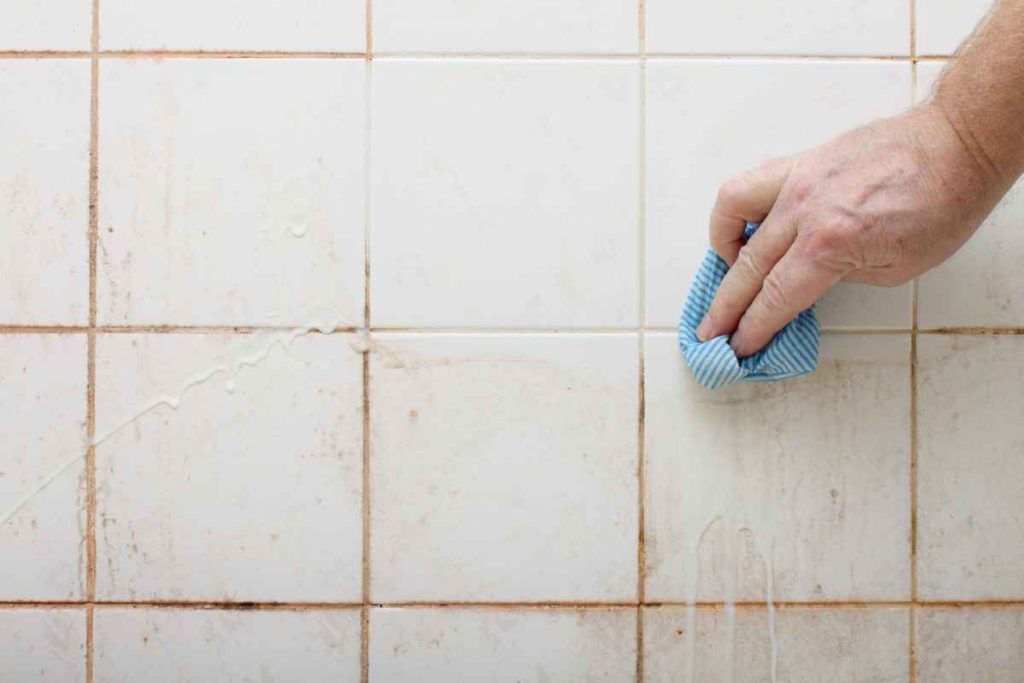Bathroom mould is a persistent issue for many Sydney homeowners, driven by the city’s humid climate and poor ventilation in older properties. Beyond being unsightly, it poses health risks and can damage grout, paintwork, and building materials over time. This guide explores the root causes of recurring mould, offers practical prevention strategies, and highlights when it’s time to seek expert support.
Whether you’re maintaining a recent renovation or planning one soon, understanding mould’s behaviour is essential to keeping your bathroom fresh and safe long-term.
Key Takeaways for Homeowners
- Sydney’s climate fuels condensation and mould buildup
- Poor ventilation and waterproofing are common culprits
- Bleach-based cleaning offers only short-term results
- Proper exhaust fans, waterproof membranes, and tiles make a big difference
- Professional upgrades can eliminate mould at its source
Why Does Bathroom Mould Keep Coming Back?

Is Sydney’s climate to blame?
Yes — the humidity and temperature swings create ideal mould conditions.
Mould thrives in damp, warm environments. Sydney’s weather, especially in coastal and older brick homes, often traps moisture in bathroom spaces.
Are poor ventilation and waterproofing making it worse?
Yes — without airflow and proper membranes, moisture lingers.
Inadequate ventilation means steam isn’t removed effectively after showers. Combine this with weak waterproofing behind tiles or on floors, and you’ve got mould breeding conditions.
How to Prevent Bathroom Mould in Sydney Homes
What are the most effective ventilation upgrades?
Installing the right fan for your bathroom’s size is essential.
- Ducted exhaust fans: Best for larger or windowless rooms
- Humidity sensors: Trigger fans automatically
- Window upgrades: Help air out excess moisture naturally
Tip: Ensure your fan exhausts air outside, not into the roof cavity.
Which waterproofing measures actually work?
AS 3740-compliant waterproof membranes are crucial.
Waterproofing under tiles, especially in showers and wet zones, must meet national standards to prevent moisture penetration.
For more guidance, see our article on common waterproofing failures in Sydney bathrooms.
Design and Material Choices That Resist Mould
Which surfaces are mould resistant?
Non-porous, easy-to-clean materials reduce growth.
Consider:
- Large-format porcelain tiles: Fewer grout lines to clean
- Epoxy grout: Mould-resistant and longer lasting
- Glass or stone splashbacks: Low-maintenance alternatives
Should tile selection consider Sydney’s climate?
Yes — dense, moisture-resistant tiles work best. For inspiration, browse our Sydney tile selection guide.
How Renovating Can Eliminate Mould Long-Term
Is mould a sign your bathroom needs renovation?
Yes — recurring mould often indicates systemic design or material flaws.
If your bathroom lacks adequate waterproofing, venting, or uses porous materials, a renovation may be the only way to resolve it for good.
We offer tailored solutions through our bathroom remodelling in sydney from small updates to full-scale makeovers.
Keeping Your Bathroom Mould Free
- Install a quality exhaust fan that vents outside
- Ensure waterproofing meets AS 3740 standards
- Use non-porous surfaces and epoxy grout
- Air out the bathroom after use
- Check for leaks or rising damp regularly
- Avoid bleach-only cleaning — it doesn’t kill spores fully
FAQ: Bathroom Mould in Sydney Homes
Can I prevent mould without renovating?
Yes, but it’s limited. You can improve airflow and clean regularly, but persistent mould usually needs structural fixes.
Is vinegar better than bleach for mould?
Yes — vinegar kills most spores while bleach just bleaches them. However, neither offers long-term results if underlying issues remain.
Should I worry about mould in grout or silicone?
Yes — mould here often indicates trapped moisture. These areas should be cleaned and resealed properly.
What if I rent in Sydney and mould keeps returning?
Tenants should notify landlords and request ventilation upgrades or professional remediation. NSW tenancy laws protect against unsafe living conditions.
Say Goodbye to Recurring Mould with Empire Tiles
Tired of endlessly scrubbing mould that just keeps coming back? It’s time to fix the problem at its source.
At Empire Tiles, we specialise in bathroom renovations across Sydney that are built to last. Our expert team uses climate-smart materials, waterproofing systems that comply with AS 3740, and sleek designs that discourage moisture buildup.
Whether you’re updating a compact ensuite or transforming a full bathroom layout, our full-service approach ensures a mould-resistant result. Explore our luxury, small, or disabled bathroom renovations to find the best solution for your needs.


